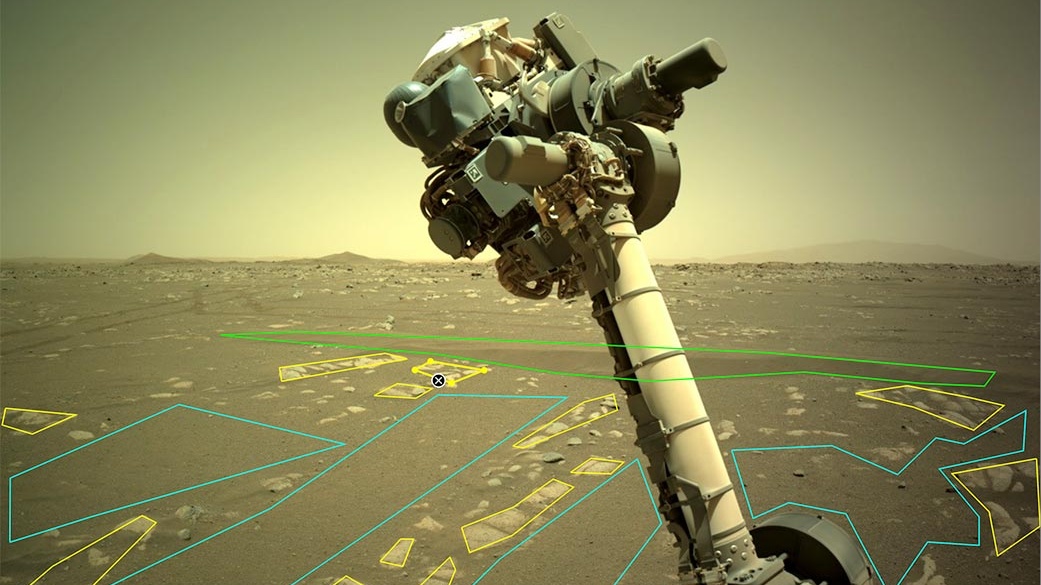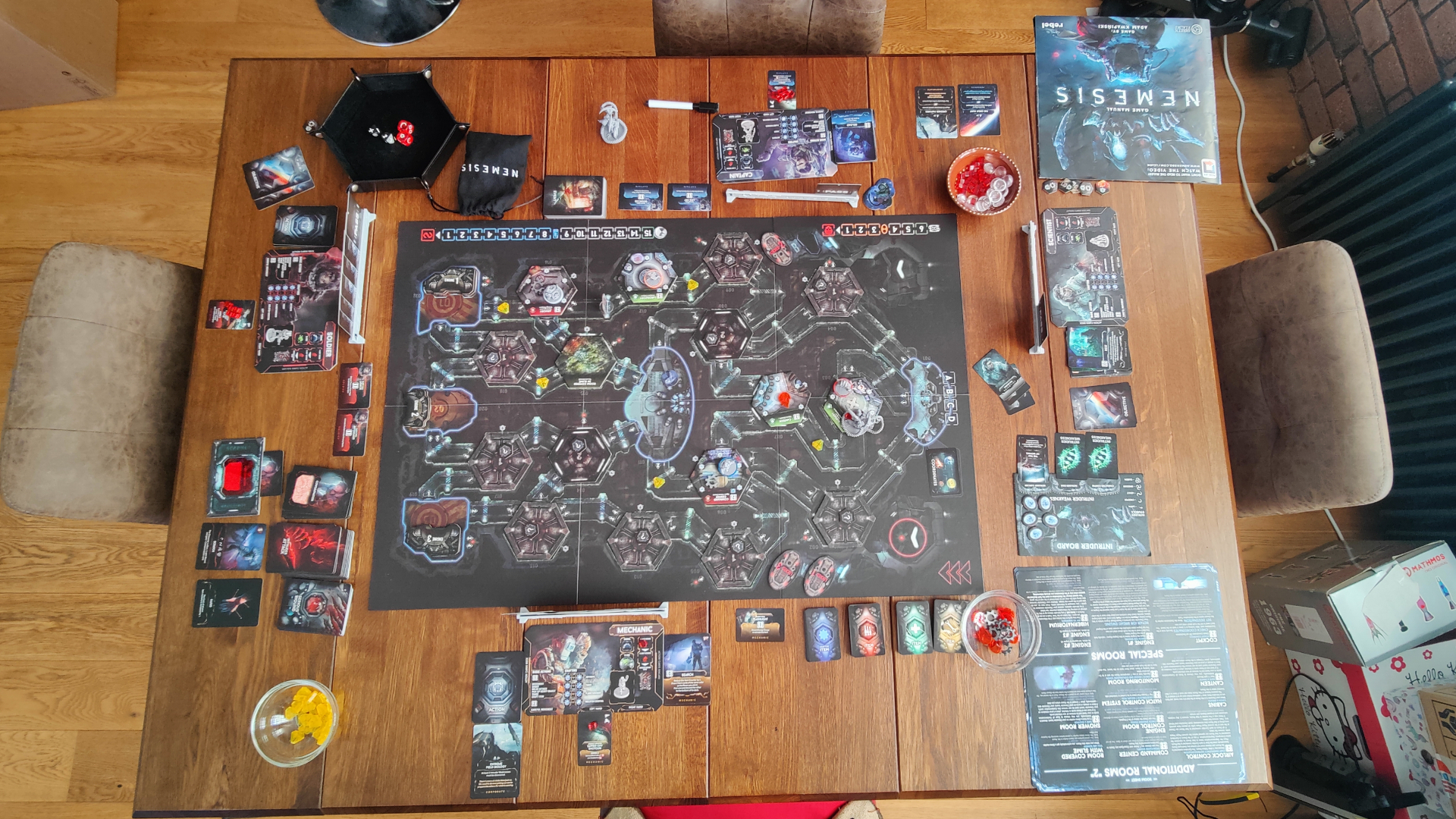New AI algorithm can detect signs of life with 90% accuracy. Scientists want to send it to Mars
The new method is being hailed as the "holy grail of astrobiology."

Can machines sniff out the presence of life on other planets? Well, to some extent, they already are.
Sensors onboard spacecraft exploring other worlds have the capability to detect molecules indicative of alien life. Yet, organic molecules that hint at intriguing biological processes are known to degrade over time, making their presence difficult for current technology to spot.
But now, a newly developed method based on artificial intelligence (AI) is capable of detecting subtle differences in molecular patterns that indicate biological signals — even in samples hundreds of millions of years old. Better yet, the mechanism offers results with 90% accuracy, according to new research.
In the future, this AI system could be embedded in smarter sensors on robotic space explorers, including landers and rovers on the moon and Mars, as well as within spacecraft circling potentially habitable worlds like Enceladus and Europa.
"We began with the idea that the chemistry of life differs fundamentally from that of the inanimate world; that there are 'chemical rules of life' that influence the diversity and distribution of biomolecules," Robert Hazen, a scientist at the Carnegie Institution for Science in Washington D.C. and co-author of the new study, said in a statement. "If we could deduce those rules, we can use them to guide our efforts to model life's origins or to detect subtle signs of life on other worlds."
Related: NASA hopes humanoid robots can help us explore the moon and Mars
The new method relies on the premise that chemical processes that govern the formation and functioning of biomolecules differ fundamentally from those in abiotic molecules, in that biomolecules (like amino acids) hold on to information about the chemical processes that made them. This is likely to hold true for alien life, too, according to the new study.
Breaking space news, the latest updates on rocket launches, skywatching events and more!
On any world, life may produce and use higher quantities of a select few compounds to function on a daily basis. This would differentiate them from abiotic systems — and it is these differences that can be spotted and quantified with AI, the researchers said in the statement.
The team first trained the machine learning algorithm with 134 samples, of which 59 were biotic and 75 were abiotic. Next, to validate the algorithm, the data was randomly split into a training set and a test set. The AI method successfully identified biotic samples from living things like shells, teeth, bones, rice, human hair as well as from ancient life preserved in certain fossilized fragments made of things like coal, oil and amber.
The tool also identified abiotic samples including chemicals like amino acids that were created in a lab as well as carbon-rich meteorites, according to the new study.
Almost immediately, the new AI method can be used to study the 3.5 billion-year-old rocks in the Pilbara region in Western Australia, where the world's oldest fossils are thought to exist. First found in 1993, these rocks were thought to be fossilized remains of microbes akin to cyanobacteria, which were the first living organisms to produce oxygen on Earth.
If confirmed, the bacteria's presence so early in Earth's history would mean the planet was friendly towards thriving life much earlier than previously thought. However, those findings have remained controversial, as research repeatedly pointed out that the evidence can also be due to pure geological processes having nothing to do with ancient life. Perhaps AI holds the answer.
This research is described in a paper published Monday (Sept. 25) in the journal Proceedings of the National Academy of Sciences.

Sharmila Kuthunur is an independent space journalist based in Bengaluru, India. Her work has also appeared in Scientific American, Science, Astronomy and Live Science, among other publications. She holds a master's degree in journalism from Northeastern University in Boston.
